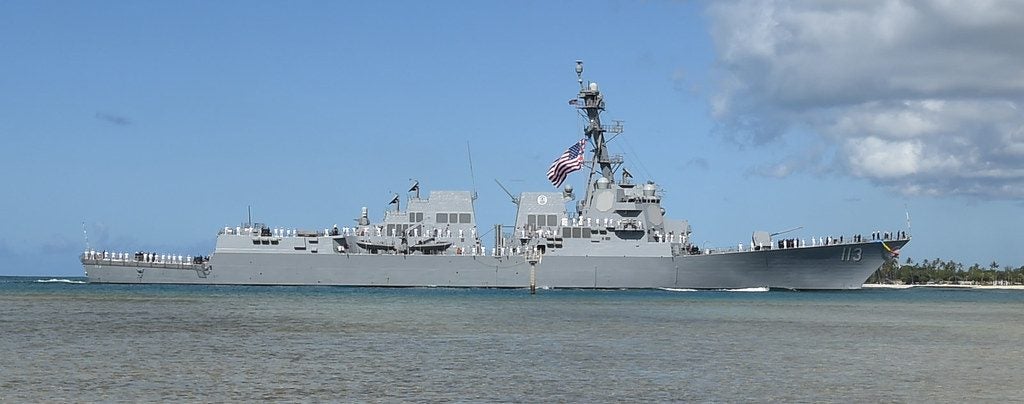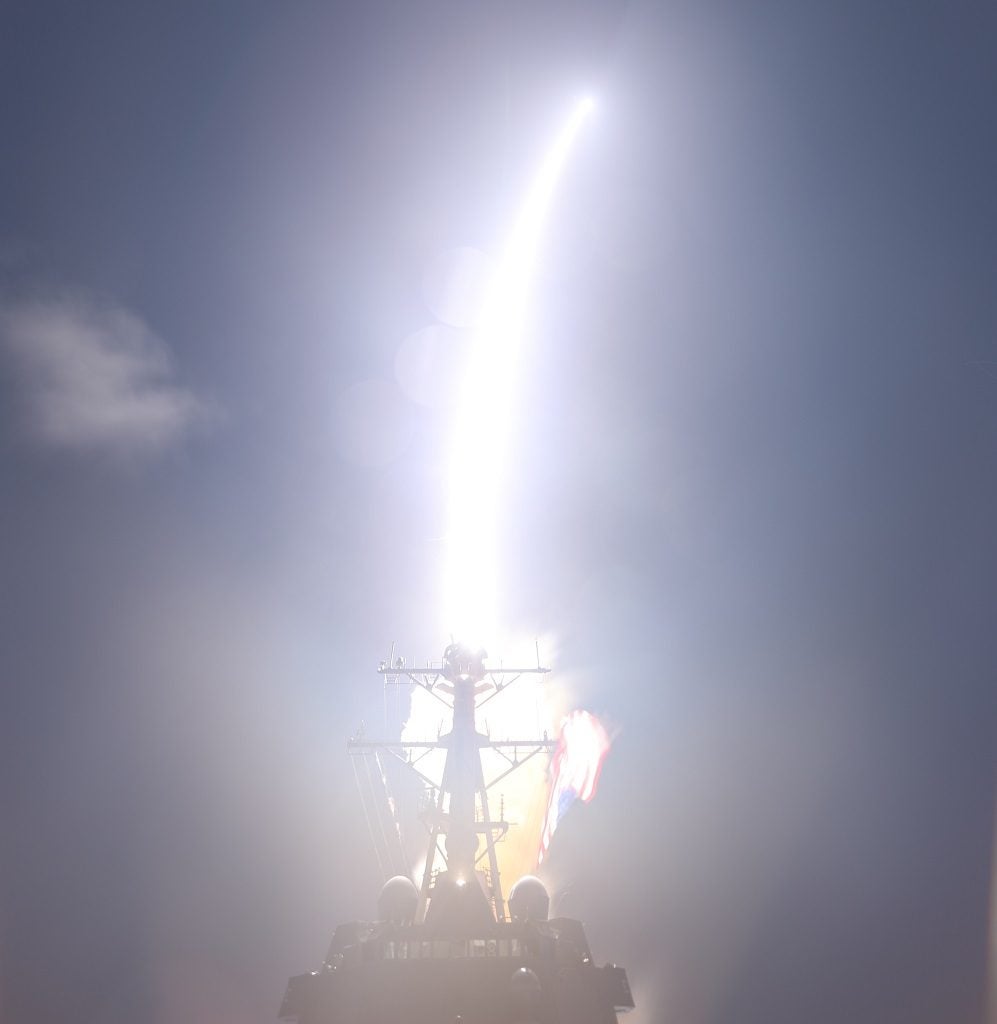U.S. Successfully Intercepts Incoming ICBM Target With Ship Launched Missile
On 16 November, the U.S. Navy demonstrated its ability to shoot down a nuclear missile incoming on the Hawaiian Islands.
In a test conducted alongside the U.S. Missile Defense Agency (MDA), the USS John Finn (DDG-113), an Aegis Ballistic Missile Defense (BMD) System-equipped destroyer, intercepted and destroyed a Intercontinental Ballistic Missile (ICBM) target with a Standard Missile-3 (SM-3) Block IIA missile.

The test saw an ICBM-representative target launched from the Ronald Reagan Ballistic Missile Defense Test Site, located on Kwajalein Atoll in the Republic of the Marshall Islands, toward the ocean northeast of Hawaii.
The John Finn then used engage-on-remote capabilities through the Command and Control Battle Management Communications (C2BMC) network as part of a defense of Hawaii scenario. After receiving tracking data from the C2BMC system, the destroyer launched a SM-3 Block IIA guided missile which destroyed the target.
MDA Director, Vice Admiral Jon Hill, said that:
“This was an incredible accomplishment and critical milestone for the Aegis BMD SM-3 Block IIA program…We have demonstrated that an Aegis BMD-equipped vessel equipped with the SM-3 Block IIA missile can defeat an ICBM-class target, which is a step in the process of determining its feasibility as part of an architecture for layered defense of the homeland. My congratulations to the entire test team, including our military and industry partners, who helped us to achieve this milestone.”
According to the missile manufacturer, Raytheon Missiles & Defense, the test was the first time an ICBM target was intercepted and destroyed outside Earth’s atmosphere by an SM-3. Bryan Rosselli, vice president of Strategic Missile Defense at Raytheon Missiles & Defense, said:
“This first-of-its-kind test shows that our nation has a viable option for a new layer of defense against long-range threats.”
The demonstration comes as the United States seeks to rapidly improve its anti-ICBM capabilities in the face of new weapons being fielded by North Korea and a resurgent Russia.

